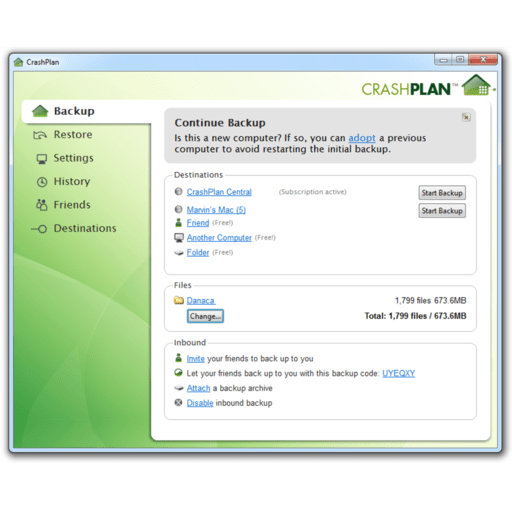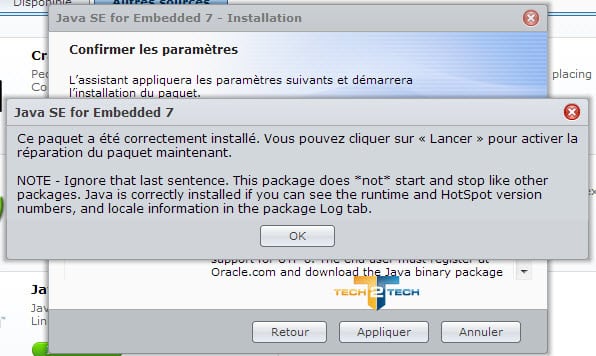

Start c:\bin\plink -L 4200:localhost:4243 -pw YOUR_PASSWORD_HERE -NĬopy /y conf\ui.properties-remote conf\ui.propertiesĬopy /y conf\ui.properties-local conf\ui. Customize IP addresses and passwords as required for your off Use the regular CrashPlan shortcut when you want to manage the local backup. Create the following file somewhere and use a shortcut it to to launch CrashPlan but pointing to your remote server, to manage it’s backup.ServiceHost=192.168.1.1 (or wherever your NAS is) In the case of ui.properties-remote, just add the following line as instructed by CrashPlan: Make two copies of C:\Program Files\CrashPlan\conf\ui.properties – one that corresponds to your desktop (called ui.properties-local) and a second that corresponds to your server (called ui.properties-remote).Install putty and plink on the Windows notebook.(The batch file should work for any Linux server, though.) Install CrashPlan in headless mode on the Synology NAS. With CrashPlan you can also backup files on a. Install the CrashPlan client on the Windows notebook. CrashPlan also supports backup of external hard drives physically connected to your computer, something most other online-backup solutions offer.I’m essentially posting this for my own records, but maybe it’ll be useful to others.

However, when I run the batch file, I point the CrashPlan Desktop UI to the NAS and I am managing the backup for the Linux server. The basic idea was that normally when I run the CrashPlan Desktop UI on my Windows notebook, I am managing the backup for the local notebook.

I wrote a quick batch file for Windows that will let me temporarily redirect the CrashPlan Desktop client to point to my Synology DS411j NAS, a Linux-based server running CrashPlan in headless mode.


 0 kommentar(er)
0 kommentar(er)
